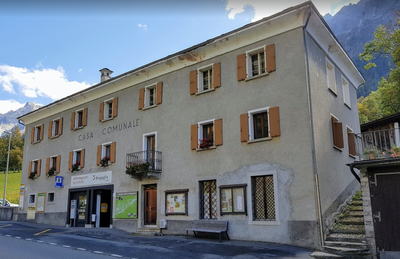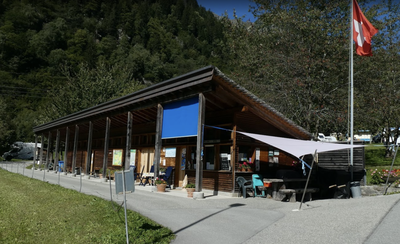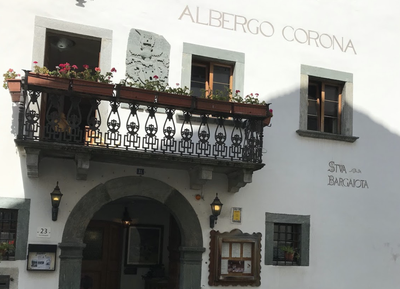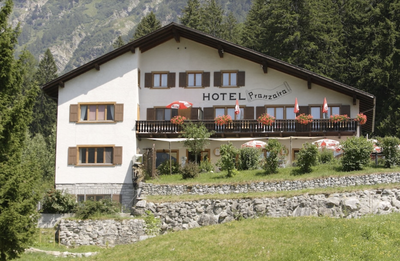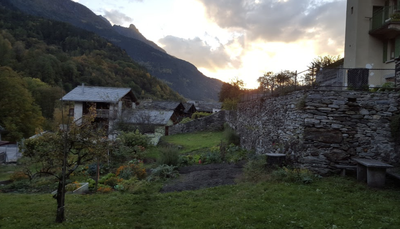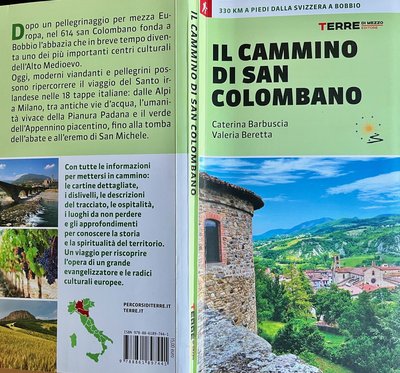Vicosoprano to Castasegna

Graubünden
23. Vicosoprano to Castasegna
Easy
3h
11,6km
+358m
-732m
Step
Embed this item to access it offline
Impression of already being in Italy, even if this end of the journey is still in Switzerland. The language used is Italian more in German; cicadas sing and palm trees appear in the gardens. But the cleanliness, storage and beaconing retain all their quality. Indeed, the route N°64 ViaSett is followed until the border with Italy.
1 point of interest
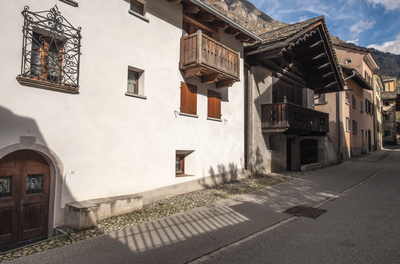
Borgonovo HistoricalBorgonovo
Borgonovo is a typical village of the valley with its row of old houses dating from the 17th and 18th centuries interrupted by traditional barns. From the ancient two-arched stone bridge you can enjoy a beautiful view of the church of San Giorgio, rebuilt in 1694, the interior of which is decorated with a stained glass window in the choir's lunette, the work of the famous regional artist Augusto Giacometti.
Description
From the main street of the village, join and cross road N° 3 after the bridge:
- Turn right onto Via Torta (signposting) and follow the road through woods and clearings to Borgonovo. In the centre of the village, the signposted route turns right between two wooden chalets, crosses road N°3 and the river by two successive bridges.
- Follow the river above the other bank until you reach the entrance of Coltura (1026m).
- Turn left and right to cross Stampa and several mountain streams before descending slightly towards a hamlet (Caccior 929m).
- After this hamlet, go down to the bottom of the valley by the small asphalt road which then becomes a road for vehicles. After the bridge over the Maira, join the road and turn left (signposting). Route N°64 turns into the first path on the right, which reaches the village of Promontogno from above, avoiding a tunnel. Continue on the side by a small road crossing the Bondasca stream before reaching Bondo.
- At the fountain on the square, turn left towards the church and continue with N°64 on the south bank of the Mera until you reach the level of a mountain pasture with some houses (Casnacc d'Zott 720m) opposite Castasegna on the other bank.
- Go down a few bends, cross the Mera and road N°3 (underpass) to reach Castasegna at the end of this splendid Kolumbansweg in Switzerland (470km).
- Departure : San Trinita church, Muntegn, 7602 Vicosoprano
- Arrival : Church San Giovanni, Main street village, 7608 Castasegna
- Towns crossed : Graubünden and Lombardia
Altimetric profile
Report a problem or an error
If you have found an error on this page or if you have noticed any problems during your hike, please report them to us here:
Close by8
Information
Il Cammino di San Colombano (Terre di Mezzo)
New guidebook in Italian published in 2022 on the Cammino di San Colombano between Villa di Chiavenna and Bobbio, at the end of the Septimer pass in Switzerland.
A previous guidebook was published in 2016 by Piernoè Barbante and Daniela Pescatori which detailed in a different way the route between Chiavenna and Bobbio after the Splugel pass in Switzerland.

